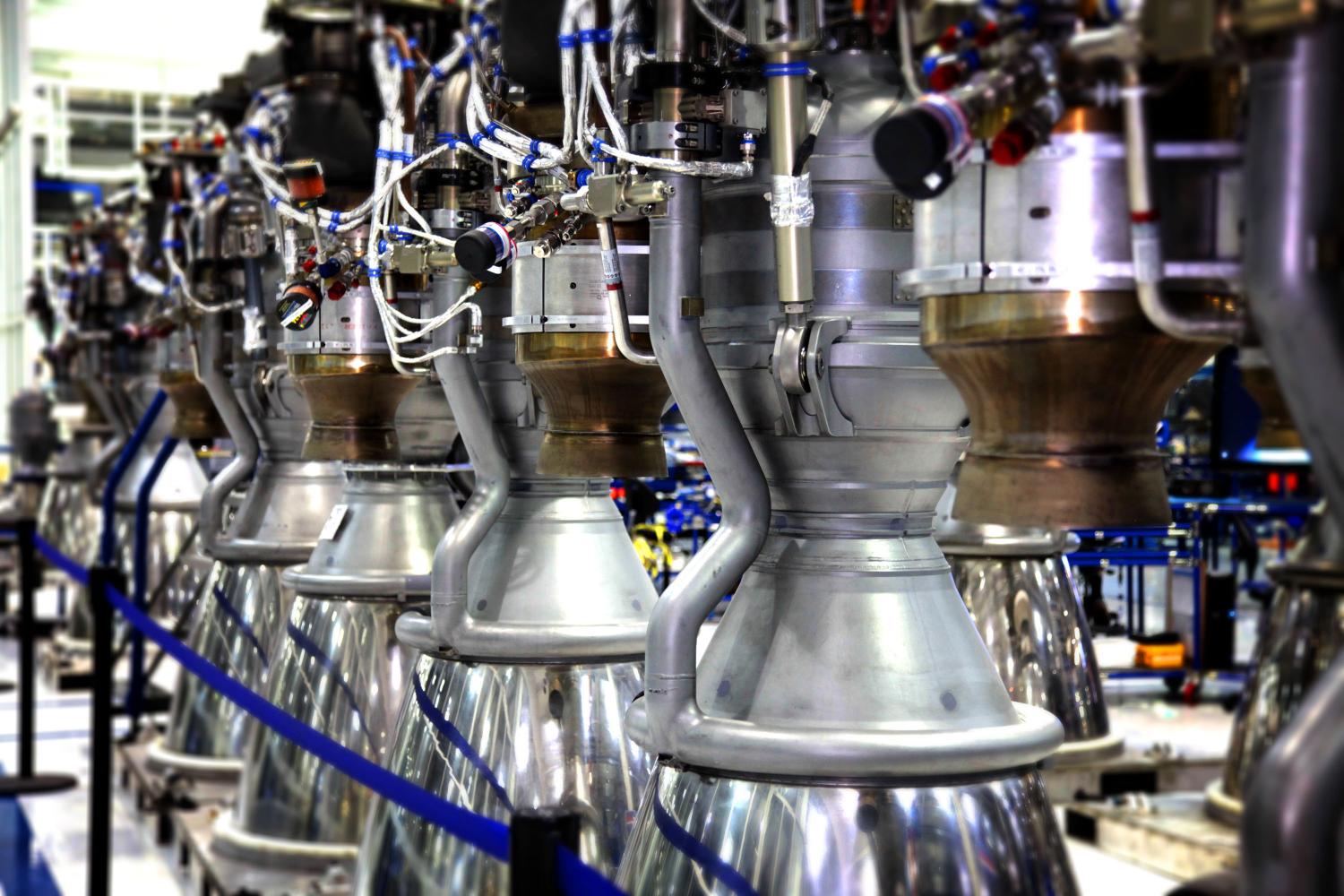The Pros and Cons of Reusable Rockets
On March 30th, 2017, SpaceX launched a satellite, made partially with a reusable rocket, into orbit. Launched from Cape Canaveral, Florida, this is the first time that any part of a reused rocket is launched into space. After the successful launch, SpaceX’s CEO Elon Musk celebrated the event triumphantly, claiming, “It’s an amazing day, I think, for space, as a whole for the space industry.”
This flight captures the attention of many, as it brings promising developments to lower the environmental impact of space flights. It plans to do so by reducing the amount of materials used and waste products created to make the rockets and make them much cheaper.
It is quite possible that SpaceX will be able to make fully reusable rockets in the near future, While this is exciting news, the implications of this new technology should be examined skeptically and without reckless eagerness.
Reusable rockets would only make the rocket reusable, not its fuel, which would still be released into the atmosphere as exhaust at a rate of 300 pounds per second. SpaceX’s Merlin Rocket Engines use rocket-grade kerosene as fuel, which is a liquid fuel. They do not produce chlorine as exhaust, which has been found to be harmful to the ozone layer, as when it oxidizes it reacts and destroys ozone. However, it does produce carbon dioxide and soot that pollutes the atmosphere.
Some may argue that airlines produce a similar amount of emissions and their flights occur extremely frequently in comparison as there were just over a hundred thousand airline flights in 2014, in comparison to merely ninety five rocket launches. But rocket launches deplete exhaust much higher, in the stratosphere and mesosphere, which results in an exponentially graver impact in comparison to the same amount of exhaust being depleted at the altitude of a commercial airplane, of about seven miles above sea level.
As reusable rockets would make rocket flights less expensive, they would occur more frequently, leading to more exhaust being released and more harm for the atmosphere. For SpaceX to truly make a large leap in protecting the environment from space exploration, they ought to make the rocket’s fuel efficient before increasing the number of rockets being shot into space, as this creates a majority of the pollution.
Elon Musk has enjoyed a reputation of having high-principled intentions for innovating while taking heed to the environment because of his other, more famous project, Tesla. This credibility can be easily ignored in the eyes of the public when these idealistic dreams cloud their judgement. If there are really accomplished it is important to acknowledge that they have unwanted environmental repercussions.
For instance, although Tesla’s cars do not use and burn gasoline, they still use electricity. For the most part, the primary environmental benefit of using an electric car is that it would not lead to air pollution being created directly, since it requires coal and natural gases. Even so, when coal is burned for processing electricity, it creates air pollution, and natural gas is extracted by fracking, which ruins the environment and natural habitat of many animals. Consequently, cars that use electricity still pollute the environment.
Although the mission of Tesla and SpaceX may be righteous, it is still necessary to evaluate how these inventions will realistically play out.







Christian • Dec 8, 2021 at 7:10 am
why exactley is reusable rockets exciting?
Cj • Aug 11, 2021 at 8:46 pm
Thanks. It’s informative
skyler • Dec 2, 2020 at 11:43 am
it sucks
Lovisa • Sep 23, 2019 at 5:30 am
I can barely read this!! You have to get the text into paragraphs, with titles at the top!!!! I had to do a really important assignment for school, and now I loose time by reading all this stuff I do not need.
I thought that it was an interesting concept though. ‘
Christian • Dec 8, 2021 at 7:19 am
wait how old are you because we are having to do a assignment about this in school to
134213 • Nov 29, 2023 at 3:30 am
It’s “an” assignment.
Also, it’s not “to”, it’s “too”.